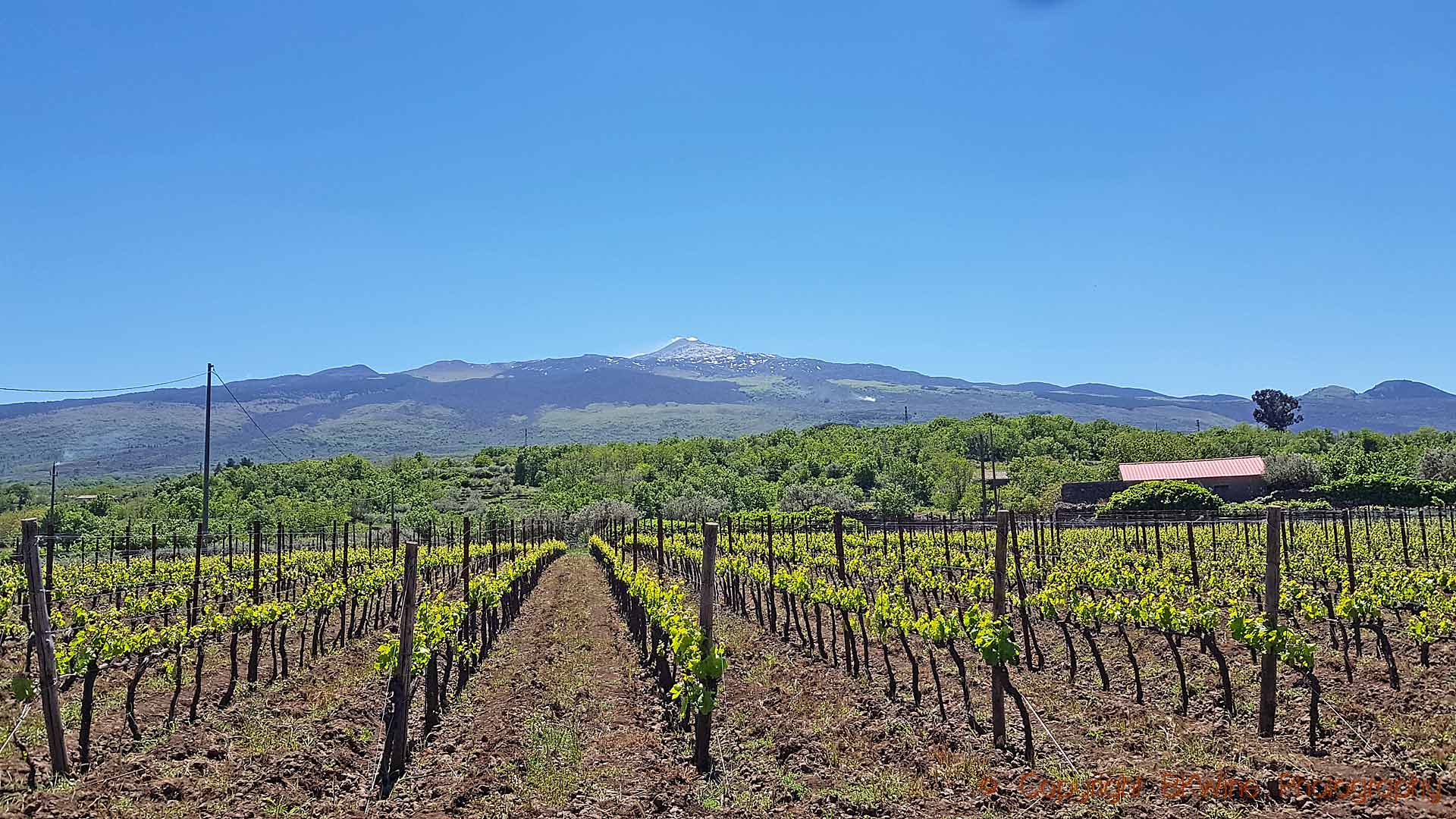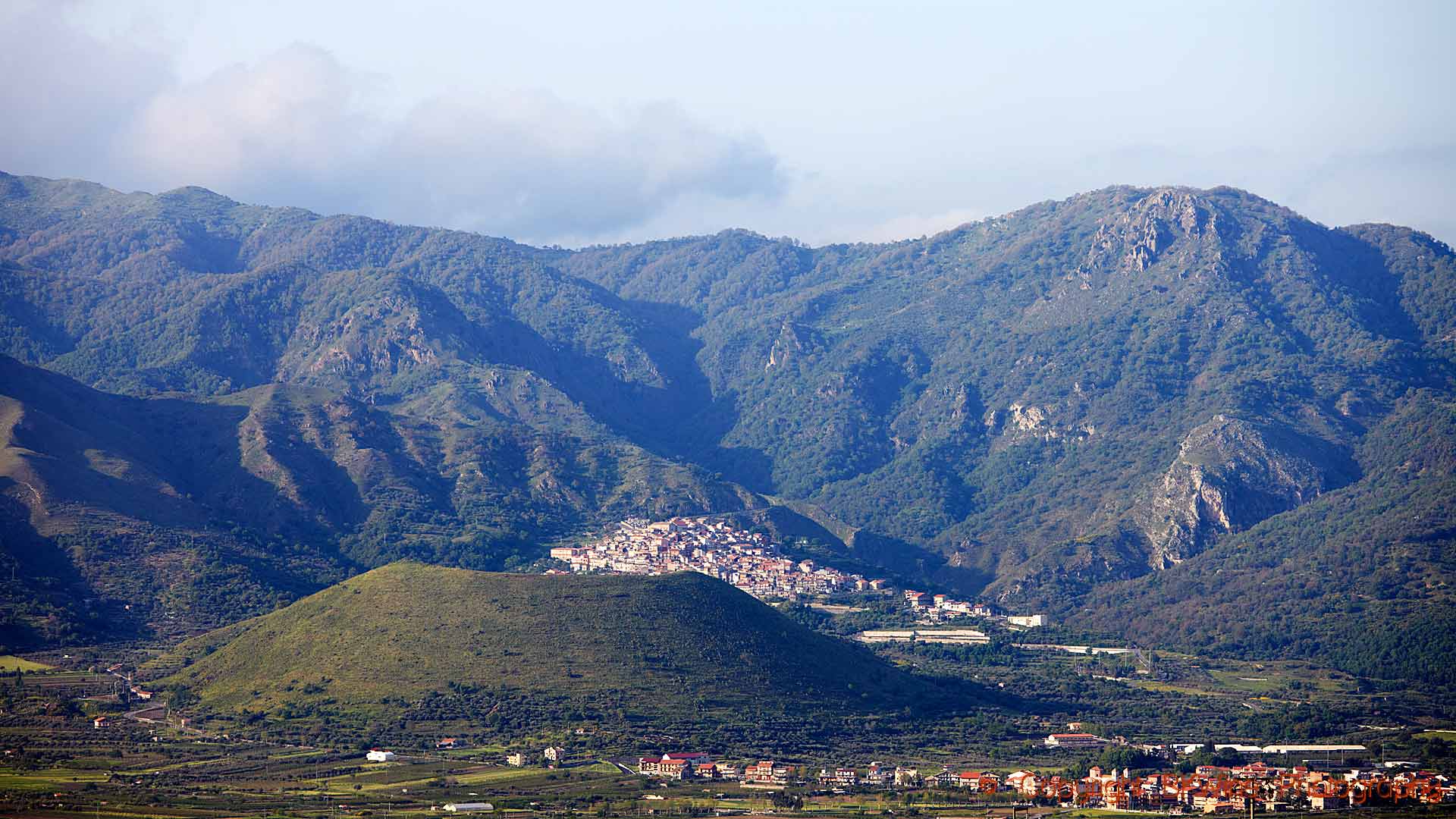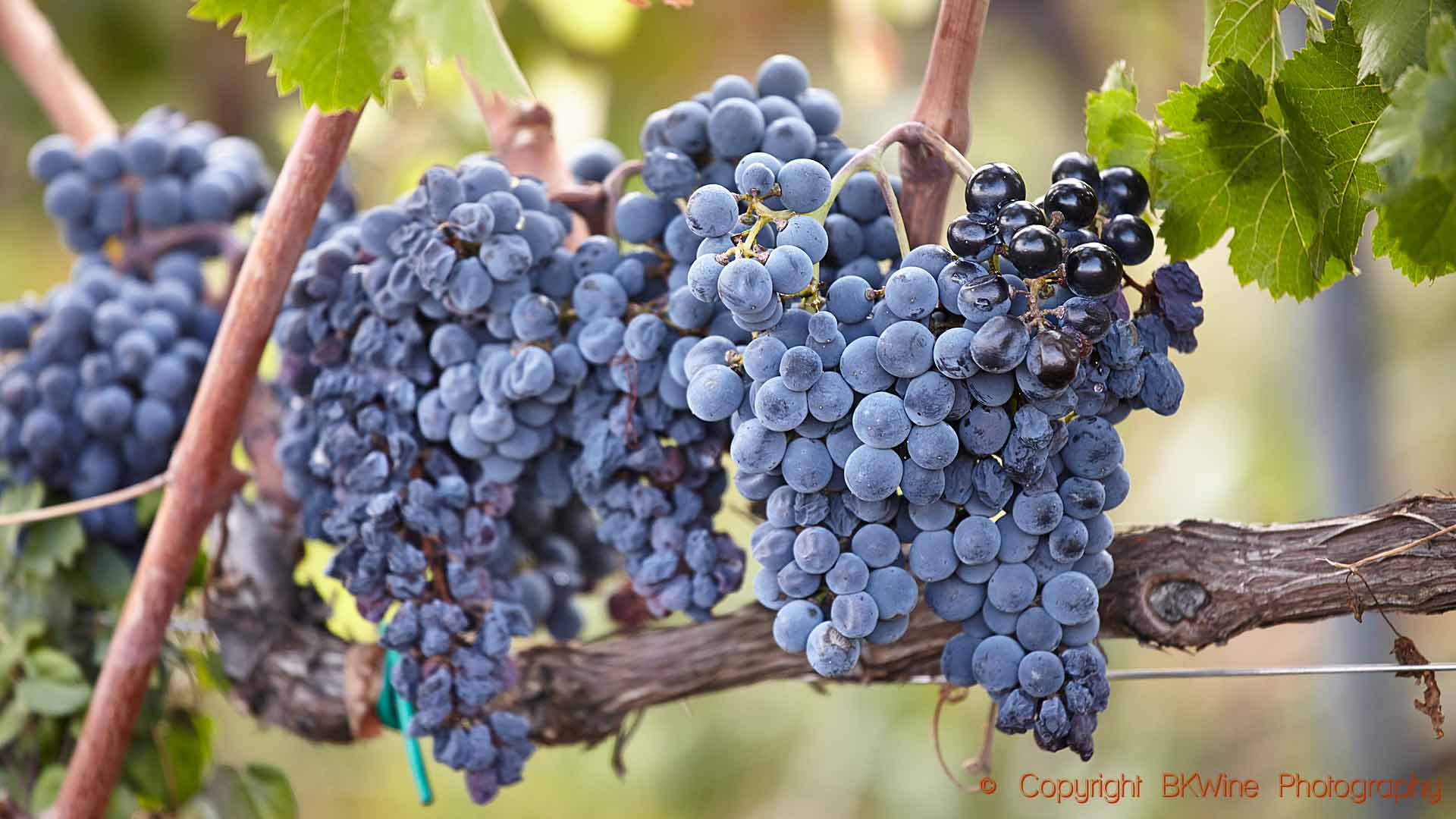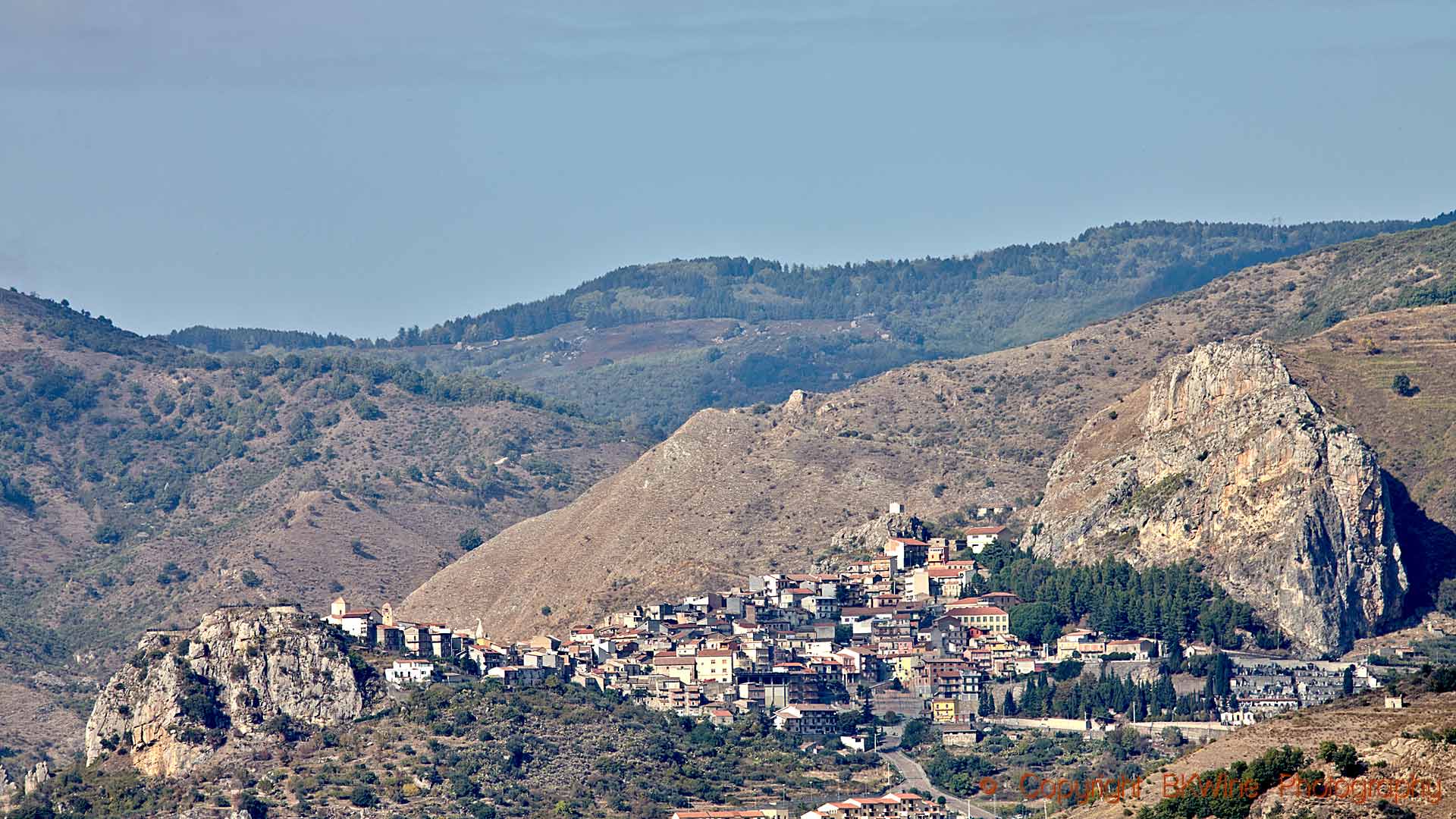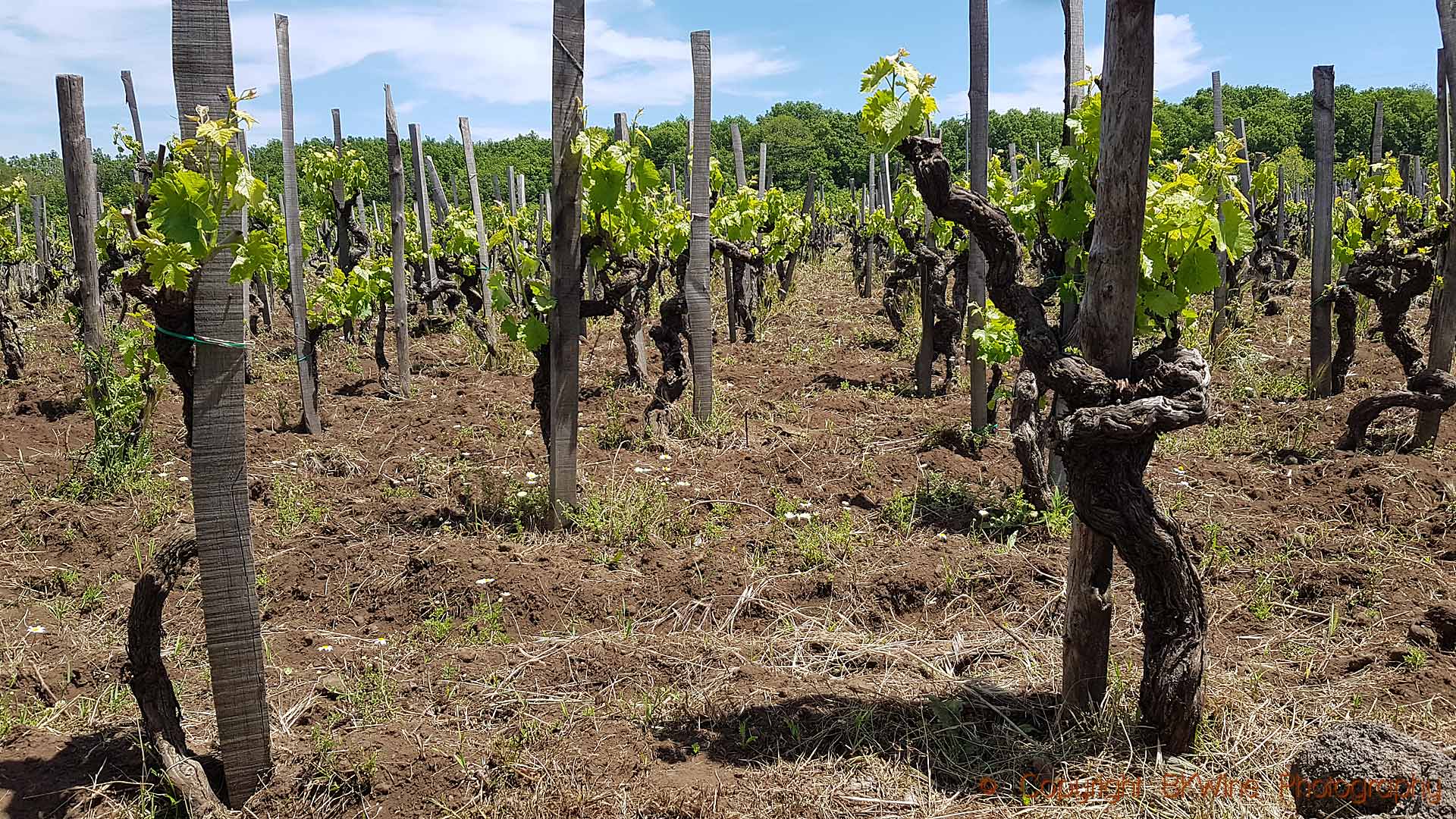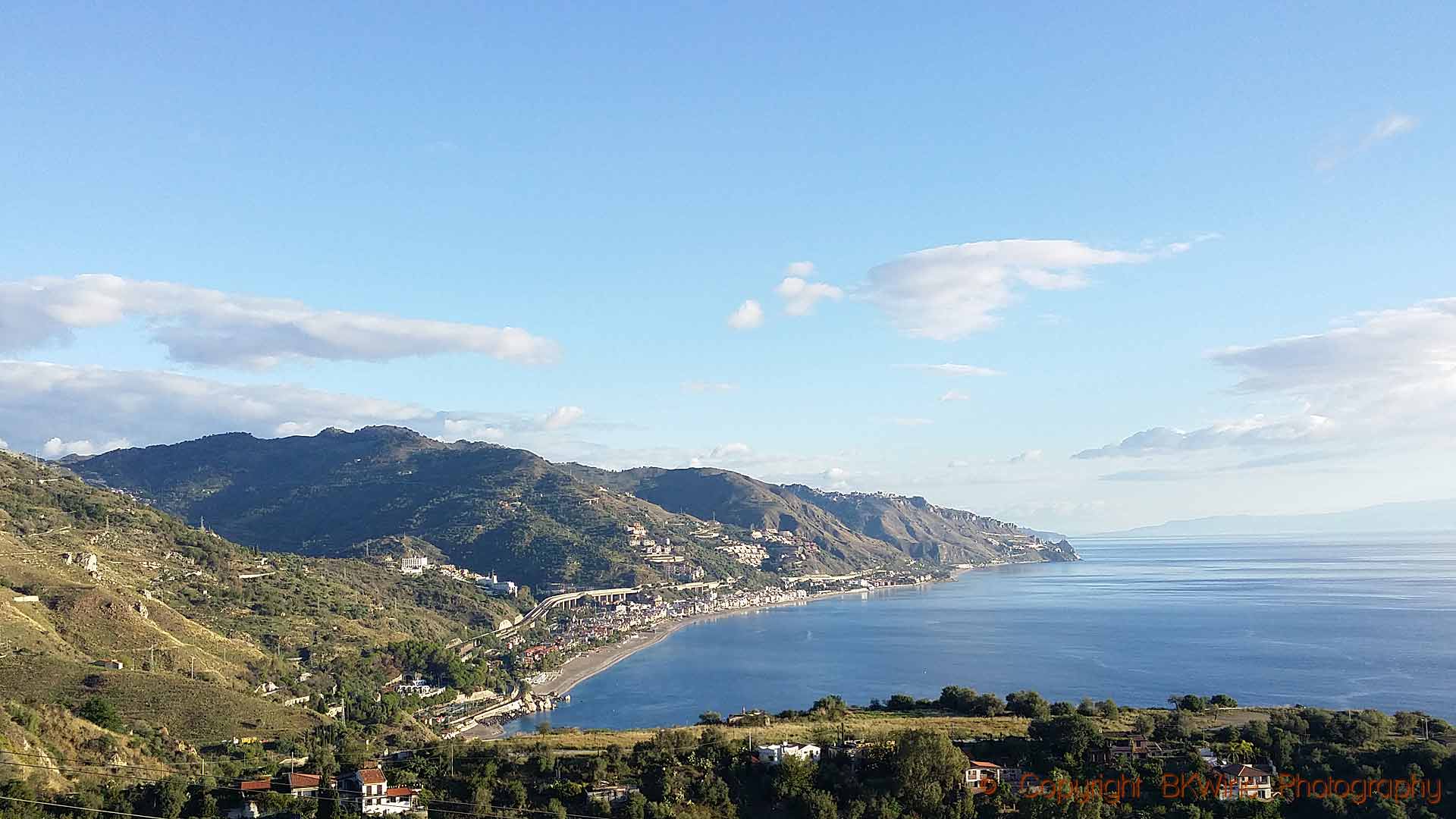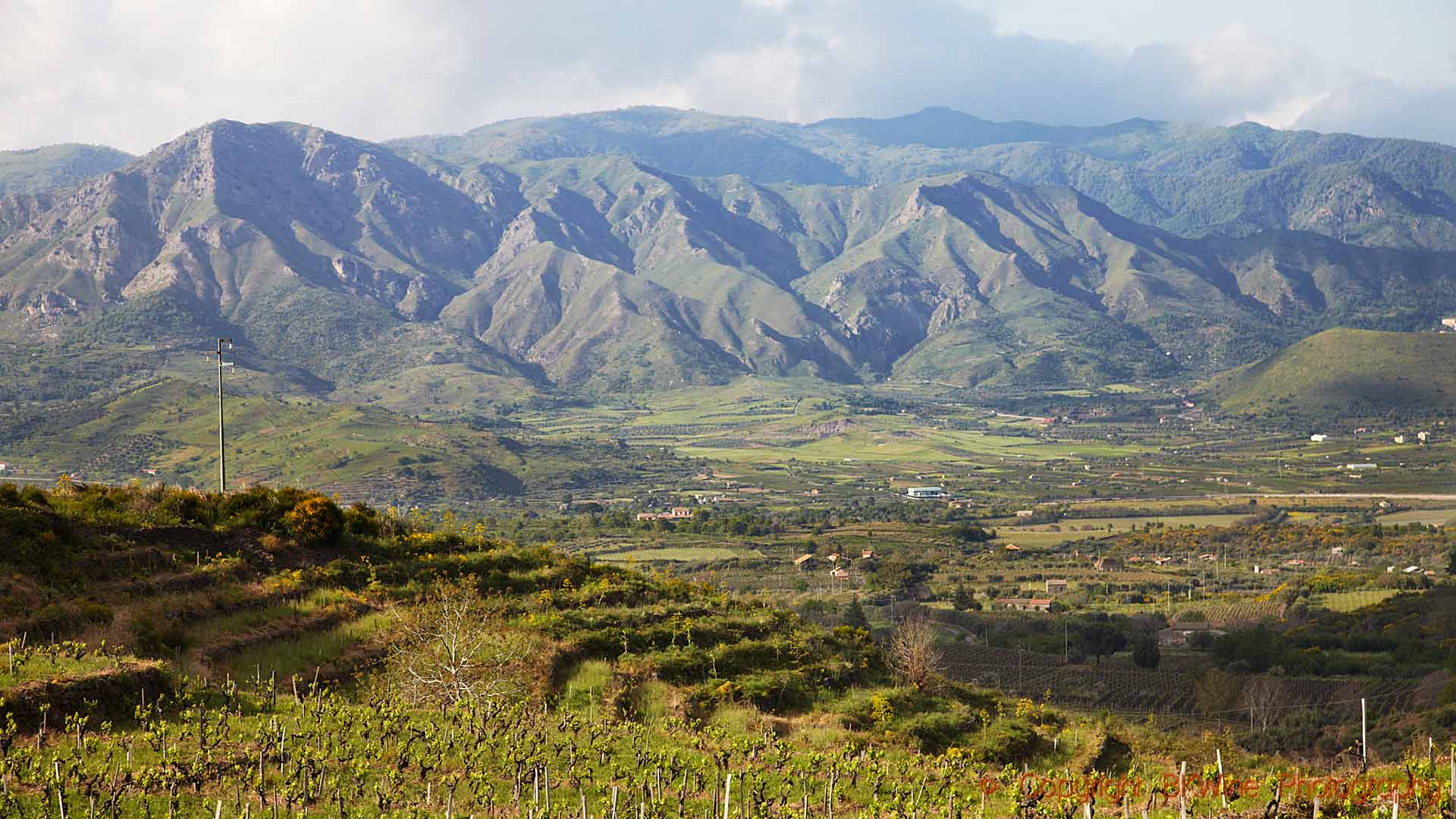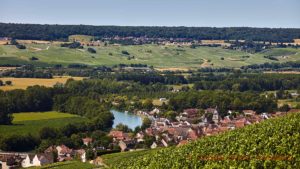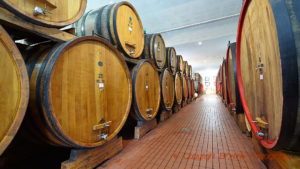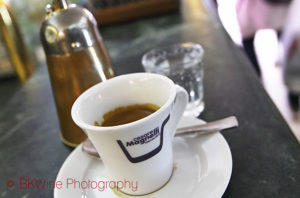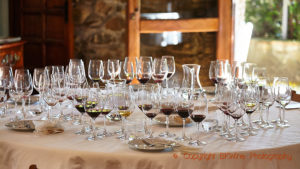We have just launched this spring’s wine tour to Sicily. The trip takes you to the spectacular scenery of Etna so we could actually call it an Etna wine tour (but it is currently only on the Swedish tour program, but we can organise it as a custom tour in English).
To give you some inspiration about Etna, here are some tips about wines you can buy and drink from outstanding producers. But first a general introduction to the wines on the slopes of the volcano.
The Etna wine region
Etna has become a very popular and appreciated wine district in recent years. This is no doubt to some extent riding on the wave of popularity of “volcano wines”. After all, Etna is Europe’s largest active (yes!) volcano. But far more wines grow on volcanic soil than is usually thought of, so the character of Etna wines probably comes more from other factors, such as the grape varieties, the climate and the hand of the winemaker.
The volcano rises to an impressive 3,300 meters above sea level; the vineyards reach up to 1,200 m. At these high altitudes the climate can be surprisingly cold at night and in winter. It contributes to the elegance and lightness of the wines, which is dramatically different from the otherwise often very powerful Sicilian wines.
Etna is actually a very small wine region, only 1300 hectares and therefore less than half of Chablis. The vineyards stretch high up the slopes of the volcano, very spectacular. Just over 440 different producers make around 5.8 million bottles (almost 43 million hectoliters) annually. Etna is sometimes divided into four subregions: the north slope, the east slope, the southeast slope, and the southwest slope. Together they form a semi-circular area that stretches from north, to the east and to the south with the volcanic crater in the middle. No wine on the west side of the volcano. Etna became Sicily’s first DOC in 1968.
Seven different types of wine are made. The most famous, of course, are the red wines from Etna: Etna Rosso DOC and Etna Rosso Riserva, with a slightly longer aging time. The red grapes are nerello mascalese which is often mixed with a proportion of nerello cappuccio and maybe a dash of some other grapes.
The white wines are less well known but also of very good quality, Etna Bianco and Bianco Superiore. The main green grape is carricante, which can be supplemented with catarratto and some other grapes.
They also make small quantities of sparkling, Etna Spumante, Etna Spumante Rosato and still rosé, Etna Rosato.
In recent years, certain individual vineyard locations have begun to be distinguished and become known, so-called “contrada“. In Italy, these are sometimes referred to a little improperly as “grand cru”, but they undeniably usually cost a good penny extra. Today there are 133 named contradors.
Etna’s grapes
There are two red grapes and two white that dominate but a number of other grapes are also allowed. In both cases, one of the grapes plays the main role and the other is more of a support or spice for complexity and balance.
Nerello mascalese is the dominant red grape. It must be at least 80% in the red wines, but it can be anything up to 100%. It is a grape that is sometimes compared to nebbiolo or pinot noir. And that is true to some extent. The wines are often light in color due to the light skin, with high acidity, more elegant than powerful, more herbal with red berries than concentrated.
Nerello cappuccio often complements nerello mascalese in the blend for red wines. It contributes a little extra power, fruit and color to the wines. It too has an herbal character and a bit of spice and a little more aromatic. It can also appear alone in some wines but not as Etna DOC.
Two-thirds of the area is planted with red grapes, equally divided between these two, plus small amounts of other grapes.
Carricante is the most important white grape. It produces fresh wines with notes of citrus and white flowers. It is either vinified alone or blended with up to 40% other grapes.
Catarratto is the support squad for carricante. It is also widely cultivated in other districts of Sicily. The wines are usually fresh with notes of citrus and herbs.
There are also small plantations of other green grapes.
Taste wines from Etna
Here are some tips on wines from Etna to try to prepare for a fantastic wine trip to Sicily and Etna. We’ve selected some of the most widely available producers.
Some suggested producers:
- Benanti, Benanti is one of the pioneers of quality wines.
- Cornelissen, Frank Cornelissen quickly became a super celebrity thanks to his sometimes outlandish natural wines, but in recent years he has returned to a more “normal” style.
- Tenuta di Fessina
- Pietradolce, a producer who has made large investments on the volcano
- Donnafugata, a famous Sicilian producer that is also on Etna
- Here you can read more on BKWine Magazine about Donnafugata’s wines from Etna.
- Girolamo Russo, also one of the great pioneers on Etna
- Tenuta Terre Nere, an internationally well-known producer
- There are many more
Choose wines in a price range that suits you from these producers and you will get a wonderful wine experience.
Perhaps I should point out that we at BKWine do not sell wine and that our recommendations are purely editorial. We make no money from you buying any of these (or other) wines. We recommend wines and choose visits on the wine tours based on what is good.
Join us on a wine tour to Sicily and Etna
Some of the producers we recommend above may appear as visits on the wine trip to Sicily-Etna.
Here you can read the detailed program for the wine tour to Sicily-Etna. It is available as a scheduled tour only on our Swedish program but can be arranged as a custom tour for groups in English.
Read more about wines from all over Sicily in these BKWine Magazine articles.

